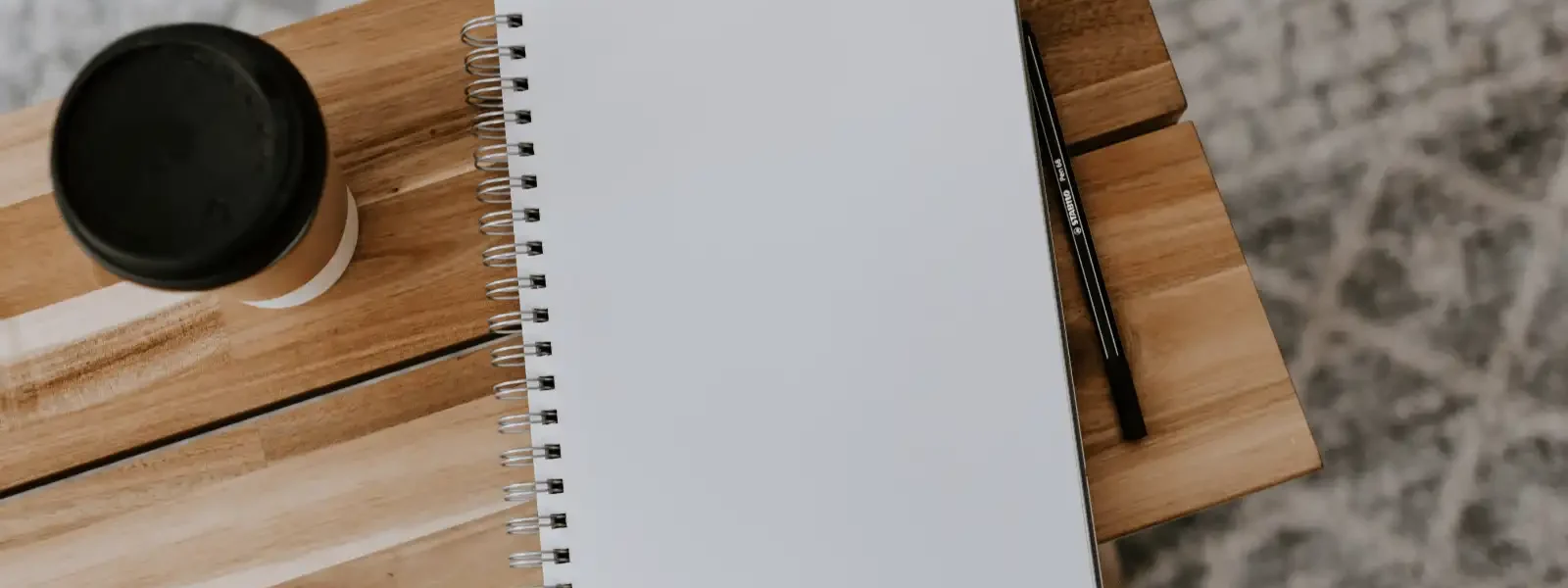Taking private notes is an essential aspect of our daily lives, whether it’s jotting down personal thoughts, capturing business ideas, or keeping track of important information. The true value of note-taking lies not just in writing but in effective organization and retrieval. A disorganized pile of notes quickly become overwhelming and counterproductive. To make the most of your private notes, it’s crucial to establish a system that promotes productivity.
Understand the purpose of your notes
What is Privnote used for? Before diving into organization techniques, take a step back and consider the purpose of your private notes. Ask yourself, “Why am I taking these notes?” Understanding the intent behind your note-taking will guide the most effective organization method.
- Personal reflection – Do you use notes to reflect on your thoughts, feelings, and experiences? This type of note-taking often requires a more free-flowing structure that allows for easy expression and exploration of ideas.
- Information retention -Are your notes meant to help you retain and recall information, such as study materials or research findings? An organized structure that facilitates quick retrieval and review is essential.
- Task management – Do you use notes to keep track of tasks, to-do lists, and reminders? Task-oriented notes require a system that helps you prioritize and manage your time effectively.
- Creative ideation – Are your notes a space for generating innovative ideas, brainstorming, and mind-mapping? Creative note-taking often benefits from a flexible structure that accommodates nonlinear thinking.
- Knowledge management – Do you take notes to compile and organize knowledge in a specific field or area of interest? Knowledge management calls for a structured system for easy categorization and cross-referencing.
Establish a clear note-taking process
Now, let’s delve into the heart of the matter, organizing your private notes for maximum productivity. Here are some practical steps to establish a clear and efficient note-taking process:
- Utilize folders and subfolders – Organize your notes into folders to create a hierarchical structure. For instance, you might have a “Work” folder with subfolders for “Projects,” “Meetings,” and “Ideas.” Within the “Projects” subfolder, you organize notes by project name or type.
- Implement tags and categories – Use tags and categories to add an extra layer of organization. Tags help you group notes with similar themes or contexts in different folders. For example, you could tag notes related to a specific client or area of interest.
- Use search functions efficiently – Familiarize yourself with the search functionality of your chosen note-taking app. Learn how to use keywords, date ranges, or other filters to locate specific notes or groups of notes quickly. This saves time and enhances your productivity.
- Maintain a master list – Create a master list or table of contents as a central index for all your notes. This can be a simple note with links to your most important or frequently accessed notes, making it easier to navigate your repository.
- Review and purge regularly – Set aside time at regular intervals to review and organize your notes. Delete or archive outdated or irrelevant notes to keep your repository updated.
With a well-organized note-taking system, you make better decisions and achieve your goals with increased focus and productivity. Happy note-taking!









